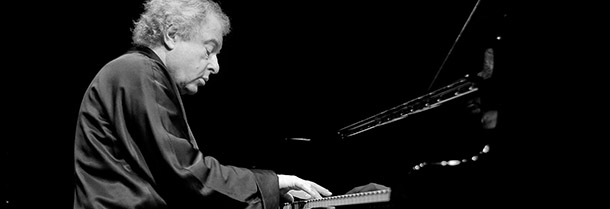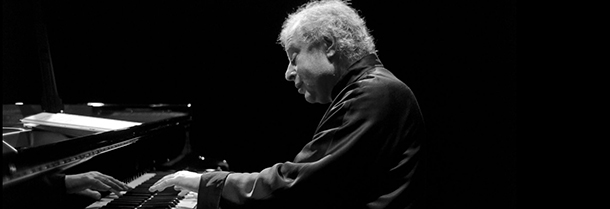Tag: Sir András Schiff
-

PROGRAM NOTES: SIR ANDRÁS SCHIFF PERFORMS THE GOLDBERG VARIATIONS
Bach’s Clavier-Übung (1726-1741) The works on this evening’s recital are selected from Bach’s collection of keyboard pieces published in four parts between 1726 and 1741 under the collective title Clavier-Übung (keyboard exercise). In this collection Bach systematically lays out for amateur and professional keyboard-players alike his mastery of the genres, compositional techniques, and national styles…
-

PROGRAM NOTES: SIR ANDRÁS SCHIFF
Robert Schumann Variations on an Original Theme in E at major (“Ghost Variations”) WoO 24 In February of 1854, Robert Schumann was in a state of delirium, but a very musical one. He was surrounded by ghosts, he told his wife Clara, ghosts that fed him wonderful music and had occasionally tried to drag him down…
-

PROGRAM NOTES: SCHAGHAJEGH NOSRATI
Johann Sebastian Bach GOLDBERG VARIATIONS BWV 988 Historical Background Such was Bach’s mastery of his musical materials that he was often tempted to explore a particular genre or compositional technique in a systematic way by providing a quasi-exhaustive compendium of its possibilities. Fugue, for example, is represented in the two books of The Well-Tempered Clavier…
-

PROGRAM NOTES: SIR ANDRÁS SCHIFF
Franz Joseph Haydn Sonata No. 60 in C major Hob. XV1:50 Haydn’s last three piano sonatas, Nos. 60 to 62 (Hob. XVI:50-52), were written during the composer’s second trip to London of 1794-1795. All three were composed with a specific dedicatee in mind: the female keyboard virtuoso Therese Jansen Bartolozzi (1770-1843), a student of Clementi…

